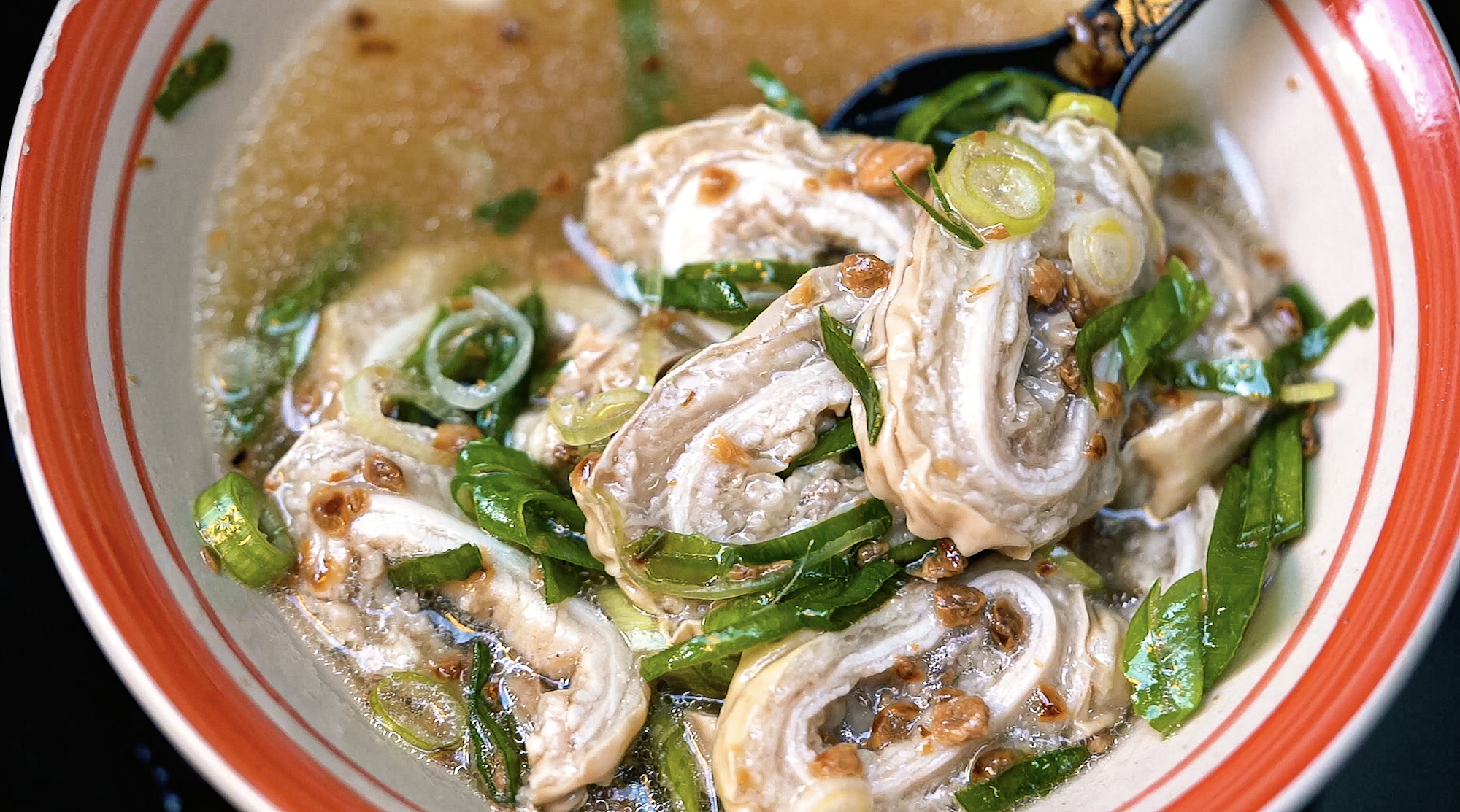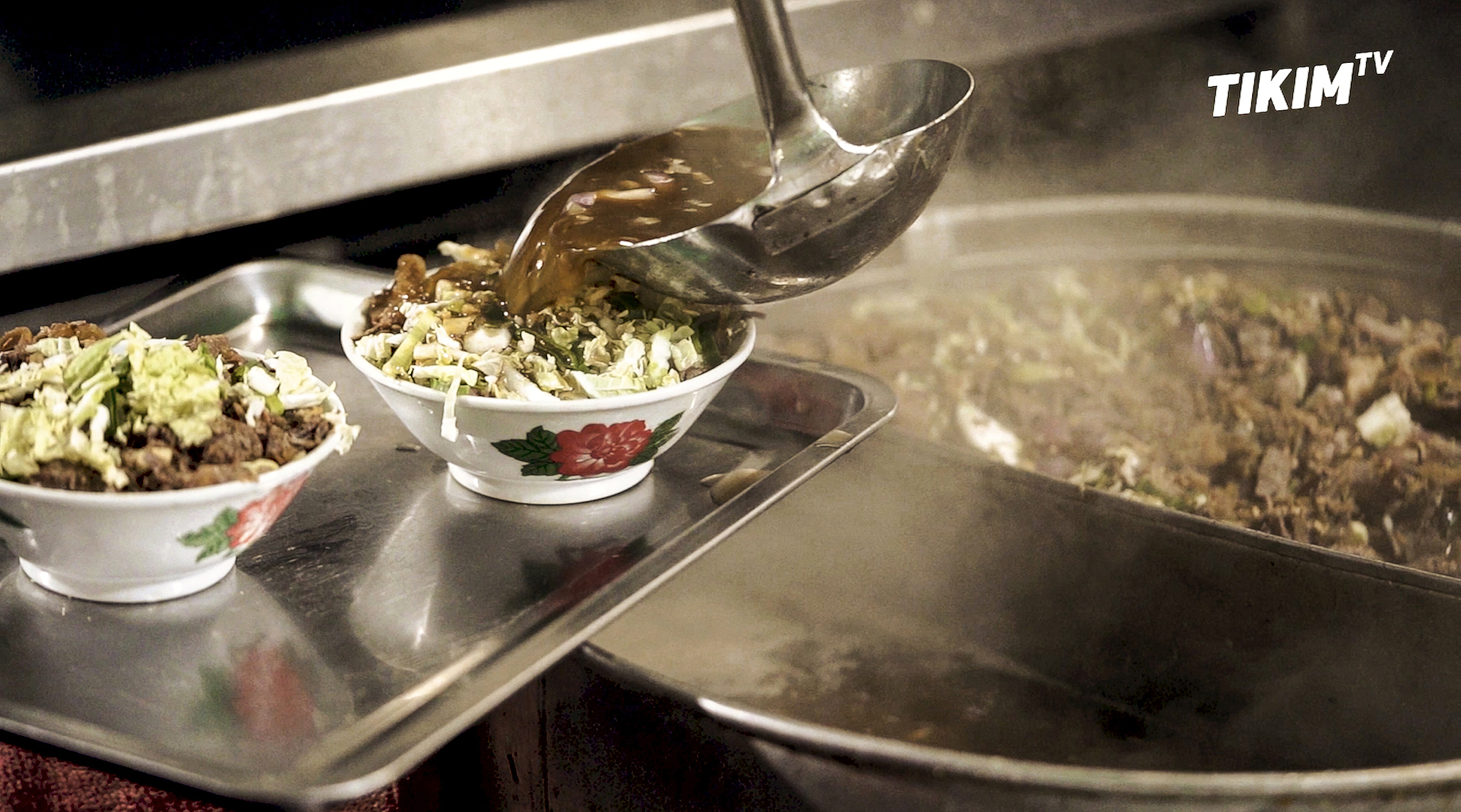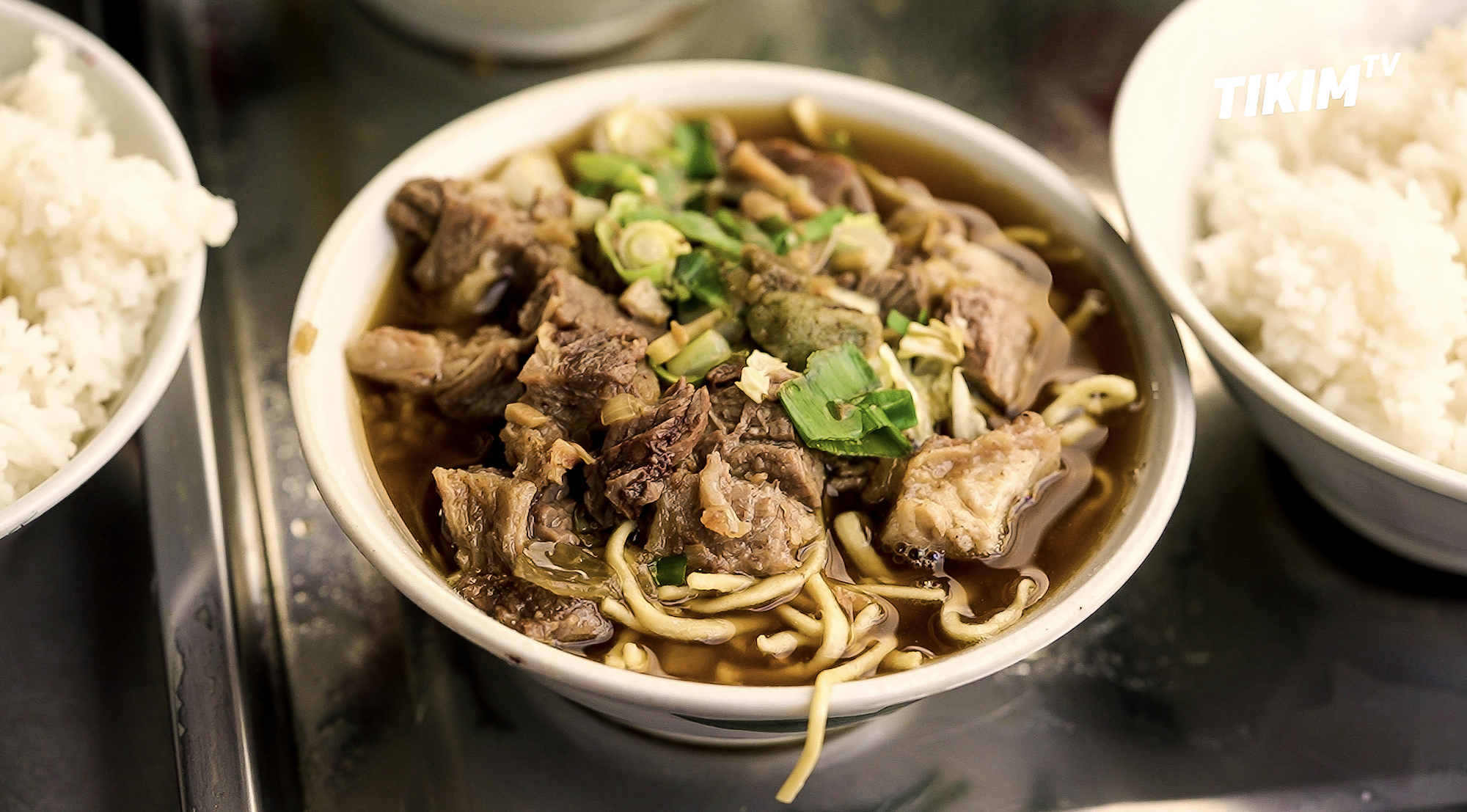In an episode of Tikim TV on YouTube, Jasmin Bautista of Rado’s, a small eatery in the narrow alleyways of Tondo says in Filipino, “During the pandemic it was really hard for us. Think about it. We didn’t get to open for two months. We got to a point where we really had nothing. No earnings. The profit from a hard day’s work was only enough to break even for the next day.”
Street food vendors like Rado’s had to grapple with the uncertainty of the first lockdown imposed over a year ago in Metro Manila. Unlike tech-savvy home cooks or established restaurants, e-commerce wasn’t an option for many to sell their food.
If you watch episodes of the street food stories featured on Tikim TV, you will notice that street food is alive and strong. Take for instance Jim Delos Santos of Jim’s Pares located in Malate, Manila. They go through three cows’ worth of beef in a 24-hour period and are able to employ 32 people.
“Today, I have 16 people working the night shift. In the morning, I have 16 as well. Their salary is P700 a day with free meals. I employ those who need the job the most. By the grace of God I was able to succeed and I’m able to help so many people especially in this time of the pandemic,” Delos Santos proudly says. Rado’s, meanwhile, is able to sell out on average 15 kilos of pork intestine a day when selling their popular tumbong.


What makes street food so unstoppable? The one-man team behind Tikim TV, Sherwin Llames, has a couple of observations. “People still have fears dining in. So since street food is affordable and so accessible and usually al fresco, people feel more safe,” he says.
What makes street food so unstoppable? The one-man team behind Tikim TV, Sherwin Llames, has a couple of observations. “People still have fears dining in. So since street food is affordable and so accessible and usually al fresco, people feel more safe,” he says.
Llames’ journey into vlogging was formed by the tragic events of last year. Not only was he stuck at home like all of us, he also lost his job as a book designer and graphic designer. “I don’t want to remember 2020 as a bad year. I want something good to come out of it. I had just invested in video equipment. And since street food was so accessible, I thought why not use what I have and do something with it?”
Meanwhile, people who were at home were glued to their screens. YouTube saw a 15.3 percent spike in viewership on their televisions or computer screens. The website saw 32 billion minutes of streaming time in April 2020, more than doubling its number from the previous year.

Inspired by Netflix’s Street Food series, he sought out the stories behind the food. His first documentary was the story of Jim’s Pares; the video has since garnered 1.2 million views as of writing. But Llames is quick to point out that he practices caution whenever he shoots videos. “It’s still scary to be out because of the virus. I shoot my subjects with an 85mm lens so there’s distance between us. And I always research the location first so I can be strategic about it. I think I’m able to apply my discipline from the print industry here. Before any shoot, I prepare a mockup and a shot list.”
As people watched his videos, it was clear that viewers not only craved the featured street food, but they also craved a good story. Pandemic or not, street food is here to stay. It is the pulse of the F&B industry, feeding up to 2.5 billion people every day and providing livelihood to millions of low income people.





